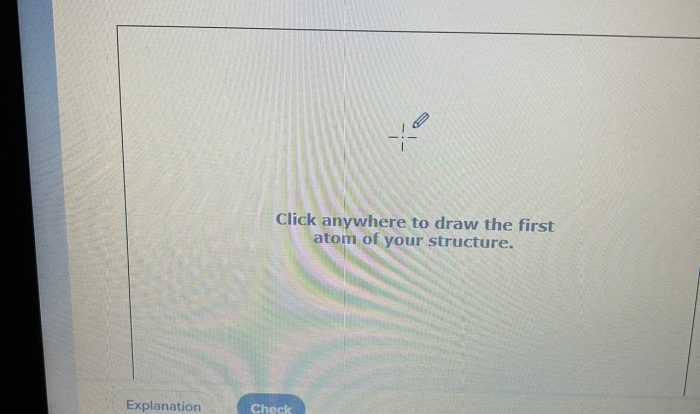The “Naming and Writing Formulas for Ionic Compounds Worksheet Answers” provides a comprehensive exploration into the fundamental principles governing the naming and formula writing of ionic compounds. This guide delves into the intricacies of ionic bonding, elucidating the formation of ions and establishing clear rules for naming cations and anions.
Moreover, it emphasizes the significance of Roman numerals for variable-charge metal ions, presenting a structured approach to understanding this crucial aspect of ionic compound nomenclature.
Introduction
The purpose of naming and writing formulas for ionic compounds is to accurately represent the composition and structure of these compounds. Ionic bonding occurs when one or more electrons are transferred from one atom to another, resulting in the formation of positively charged cations and negatively charged anions.
These ions are then attracted to each other by electrostatic forces, forming an ionic compound.
Naming Ionic Compounds
To name an ionic compound, the name of the cation is followed by the name of the anion. For cations, the name of the metal is used. For anions, the suffix -ide is added to the root name of the nonmetal.
For variable-charge metal ions, Roman numerals are used to indicate the charge of the ion.
| Cation | Name | Charge |
|---|---|---|
| Na+ | Sodium | 1+ |
| Ca2+ | Calcium | 2+ |
| Fe3+ | Iron(III) | 3+ |
| Cu2+ | Copper(II) | 2+ |
| Anion | Name | Charge |
|---|---|---|
| Cl– | Chloride | 1- |
| O2- | Oxide | 2- |
| S2- | Sulfide | 2- |
| PO43- | Phosphate | 3- |
Writing Formulas for Ionic Compounds: Naming And Writing Formulas For Ionic Compounds Worksheet Answers
To write the formula of an ionic compound, the charges of the ions must be balanced. The formula is written so that the total positive charge of the cations is equal to the total negative charge of the anions. For example, the formula for sodium chloride is NaCl because the 1+ charge of the sodium ion is balanced by the 1- charge of the chloride ion.
Worksheet Answers
1. Name the following ionic compounds:
- NaCl
- CaO
- Fe 2O 3
- CuSO 4
2. Write the formulas for the following ionic compounds:
- Potassium chloride
- Magnesium oxide
- Aluminum phosphate
- Sodium sulfide
Answers:
- NaCl: sodium chloride
- CaO: calcium oxide
- Fe 2O 3: iron(III) oxide
- CuSO 4: copper(II) sulfate
- KCl: potassium chloride
- MgO: magnesium oxide
- AlPO 4: aluminum phosphate
- Na 2S: sodium sulfide
Additional Practice
1. Name the following ionic compounds:
- LiF
- BaS
- Cr 2O 3
- NH 4Cl
2. Write the formulas for the following ionic compounds:
- Calcium chloride
- Sodium hydroxide
- Iron(II) sulfate
- Copper(I) oxide
Answer Key:
- LiF: lithium fluoride
- BaS: barium sulfide
- Cr 2O 3: chromium(III) oxide
- NH 4Cl: ammonium chloride
- CaCl 2: calcium chloride
- NaOH: sodium hydroxide
- FeSO 4: iron(II) sulfate
- Cu 2O: copper(I) oxide
Expert Answers
What is the purpose of naming and writing formulas for ionic compounds?
The primary purpose of naming and writing formulas for ionic compounds is to provide a systematic and unambiguous way to identify and describe these compounds. By assigning unique names and formulas, scientists can effectively communicate the composition and structure of ionic compounds, facilitating their study and application in various scientific disciplines.
What is the concept of ionic bonding?
Ionic bonding is a type of chemical bond formed between atoms that have significantly different electronegativities. In ionic bonding, one atom transfers one or more electrons to another atom, resulting in the formation of positively charged ions (cations) and negatively charged ions (anions).
The electrostatic attraction between these oppositely charged ions holds the ionic compound together.
How do you name cations and anions?
Cations are named by using the root name of the element followed by the suffix “-ium.” For example, Na+ is sodium ion, Ca2+ is calcium ion, and Fe3+ is iron(III) ion. Anions are named by using the root name of the element followed by the suffix “-ide.”
For example, Cl- is chloride ion, O2- is oxide ion, and NO3- is nitrate ion.
